#jewellery history
Text
I feel like ya'll would really enjoy the knowledge that anctient roman children used to run around wearing a bunch of lil' dick pendants

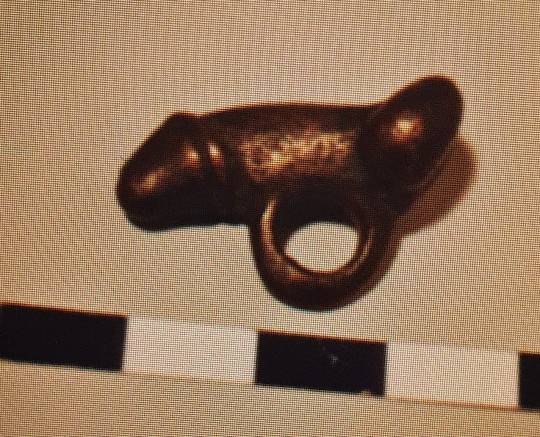
(They're called Fascinus and are amulets to protect the tiny ones from envy or the evil eye (mostly for male tiny ones) and when a pride chariot would go 'round they would also hang one there to protect the person they were cheering on from envy. The children would also carry lil' bags filled with these (and other amulets)
2 notes
·
View notes
Text
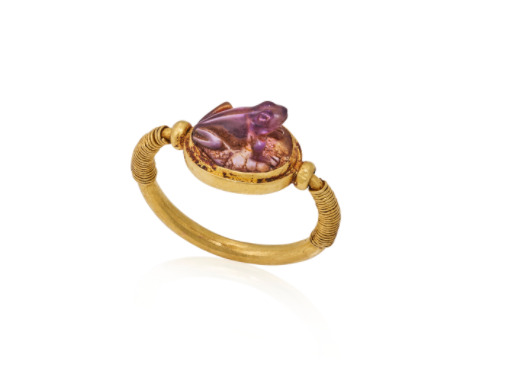
Gold swivel ring with amethyst frog, Egypt, New Kingdom, 1550-1229 BC
from Christies
10K notes
·
View notes
Text
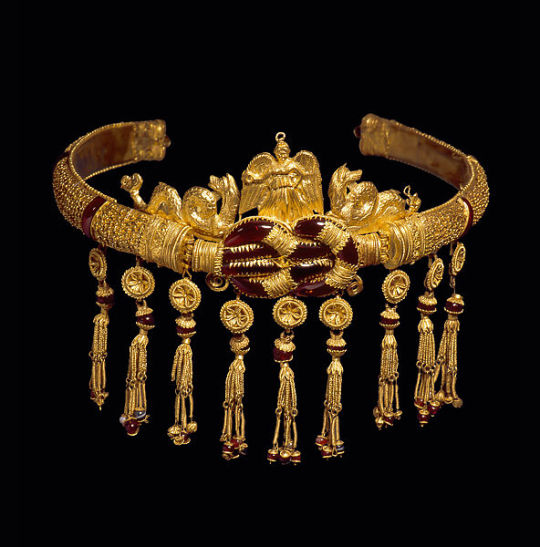
Greek Gold diadem with Hercules knot (250–150 BCE),
Gold, garnet, carnelian, sardonyx
3×9 1/8 in. (7.6 × 23.1 cm).
On loan to the Metropolitan Museum.
#greek art#ancient artifacts#ancient art#antiquities#antiquity#jewellery#archeology#met museum#art history#history#garnet#carnelian#sardonyx#heracles#hercules
2K notes
·
View notes
Text

Salamander pendant
late 16th century
Victoria and Albert Museum
1K notes
·
View notes
Text
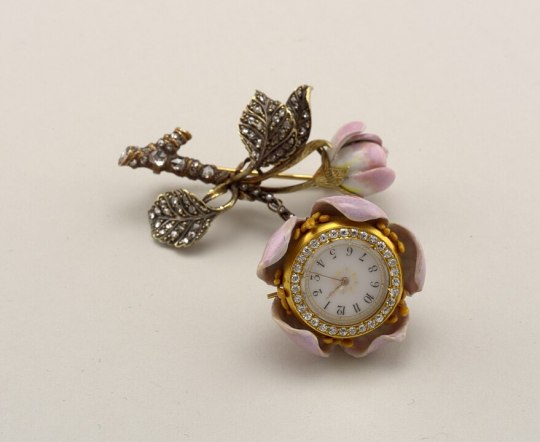
Lapel watch, USA, c. 1889, Cooper–Hewitt, Smithsonian Design Museum
#!!!! god this fucks!#vintage jewellery#vintage watches#timepieces#watches#historical fashion#fashion history#19th century fashion#19th century#victorian era#my post
1K notes
·
View notes
Text

Gold posey ring inscribed "My Heart You Have/ And Yours I Crave" English, 17th-18th century
from Timeline Auctions
11K notes
·
View notes
Text
Box, ca. 1875, French

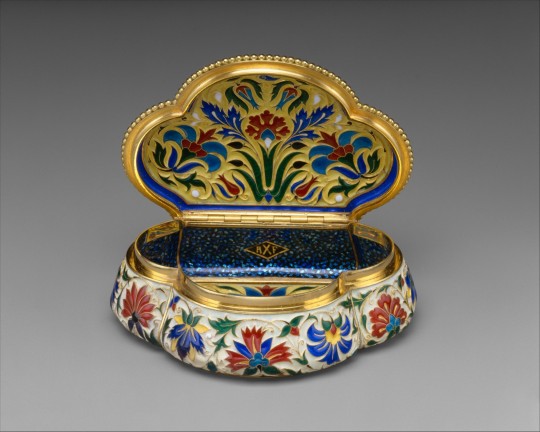
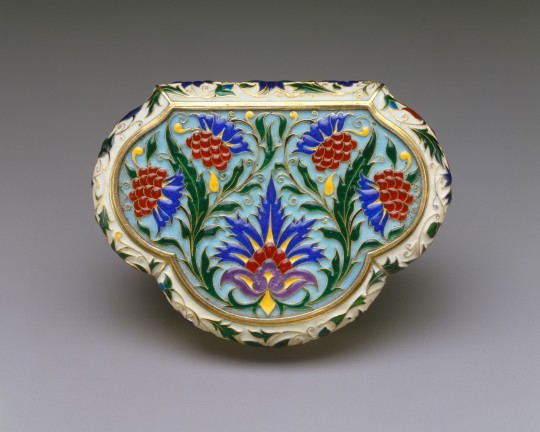
Made by the illustrious Parisian firm Falize, this trilobed box is decorated in the Persian taste with flowers and foliage enameled in deep red, green, dark and turquoise blue, and yellow on a white ground. The gold-rimmed lid is decorated with ogee-shaped lappets on a matte ground and edged with beading that recalls the eighteenth-century French tradition of finely crafted gold boxes.
The MET Museum
#victorian#victorian era#victorian fashion#fashion history#historical fashion#19th century#jewellery#jewelry
407 notes
·
View notes
Text
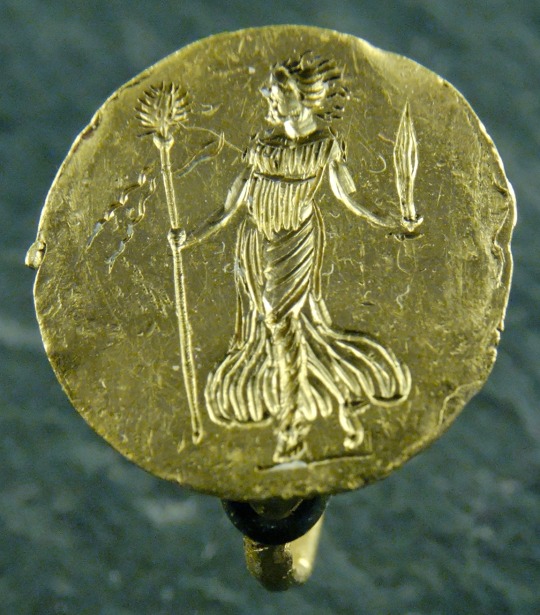
Ancient Greek ring depicting a dancing maenad. Artist unknown; 3rd or 2nd cent. BCE (Hellenistic). Now in the Louvre. Photo credit: © Marie-Lan Nguyen / Wikimedia Commons.
#classics#tagamemnon#Ancient Greece#Hellenistic period#Greek religion#Ancient Greek religion#Hellenic polytheism#maenad#maenads#art#art history#ancient art#Greek art#Ancient Greek art#Hellenistic art#jewelry#jewellery#metalwork#gold#goldwork#Louvre#Louvre Museum#Musee du Louvre
846 notes
·
View notes
Text

This lavishly decorated piece is a Byzantine bracelet dating from the 6th century. The Byzantines created complex and precious pieces, such as this bracelet, which is encrusted with expensive gemstones and pearls, demonstrating the wealth of the Byzantine empire.
The openwork technique, also called Opus interrasile (meaning ‘to scrape in between), is done by punching or piercing holes in the metal with a chisel or other sharp tool, resembling delicate, lace-like patterns.
Private Collection, North America
#jewelry#gold#jewellery#antique#antique jewelry#byzantine#gold bracelets#bracelet#jewerly#gemstone#ancient history#antiquity#6th century
335 notes
·
View notes
Text

A pair of pinfire ring pistols, France, 3rd quarter of the 19th century
from Czerny's International Auction House
2K notes
·
View notes
Text

Joseph Karl Stieler, "Portrait of Crescentia Bourgin" detail, 1833
#joseph karl stieler#stieler#19th century art#painting#art#art details#painting details#history of fashion#jewellery in art
2K notes
·
View notes
Text

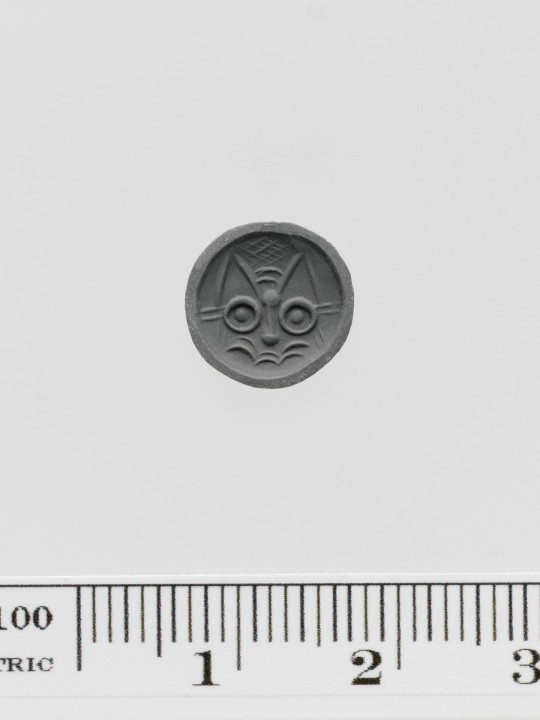
Carnelian stamp seal featuring a kitty, Minoan, 1900-1600 BC
from The Metropolitan Museum of Art
6K notes
·
View notes
Text

The Wodaabe People - Nigeria
#nigeria#aesthetic#photography#jewelry#jewellery#fashion#style#runway#couture#culture#museums#history#black#africa#black tumblr
189 notes
·
View notes
Text
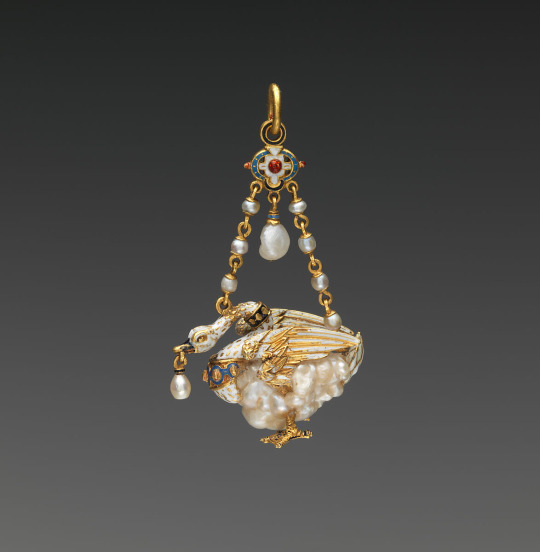
Swan Pendant
16th century
Northern European
The Metropolitan Museum of Art
#antiquities#jewelry#jewellery#antique jewelry#16th century#1500s#fashion history#history of fashion#historical fashion#frostedmagnolias
1K notes
·
View notes
Text


Bronze & Crystal Sword,
Warring States Period and Wudi Period of Han Dynasty (c. 4th-2nd century BC),
Chinese bronze sword with turquoise studded, gold inlaid rock crystal hilt.
Length 22.83 in / Width 3.15 in /
Collection & Credit: Cardale Auctioneers
#art#history#design#style#archeology#sculpture#gold#bronze#china#han dynasty#wudi period#crystal#turquoise#rock crystal#jewellery#jewelry
507 notes
·
View notes
Text
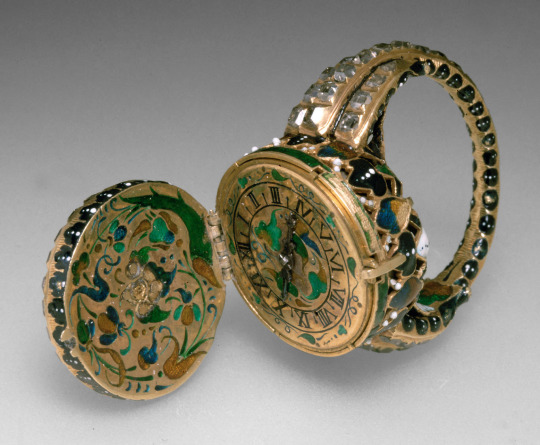
Gold, emerald, diamond, and enamel signet ring with clock, crafted by Johannes Butz of Augsburg, Germany, 2nd quarter of the 17th century
from The Kunsthistorisches Museum, Vienna
10K notes
·
View notes